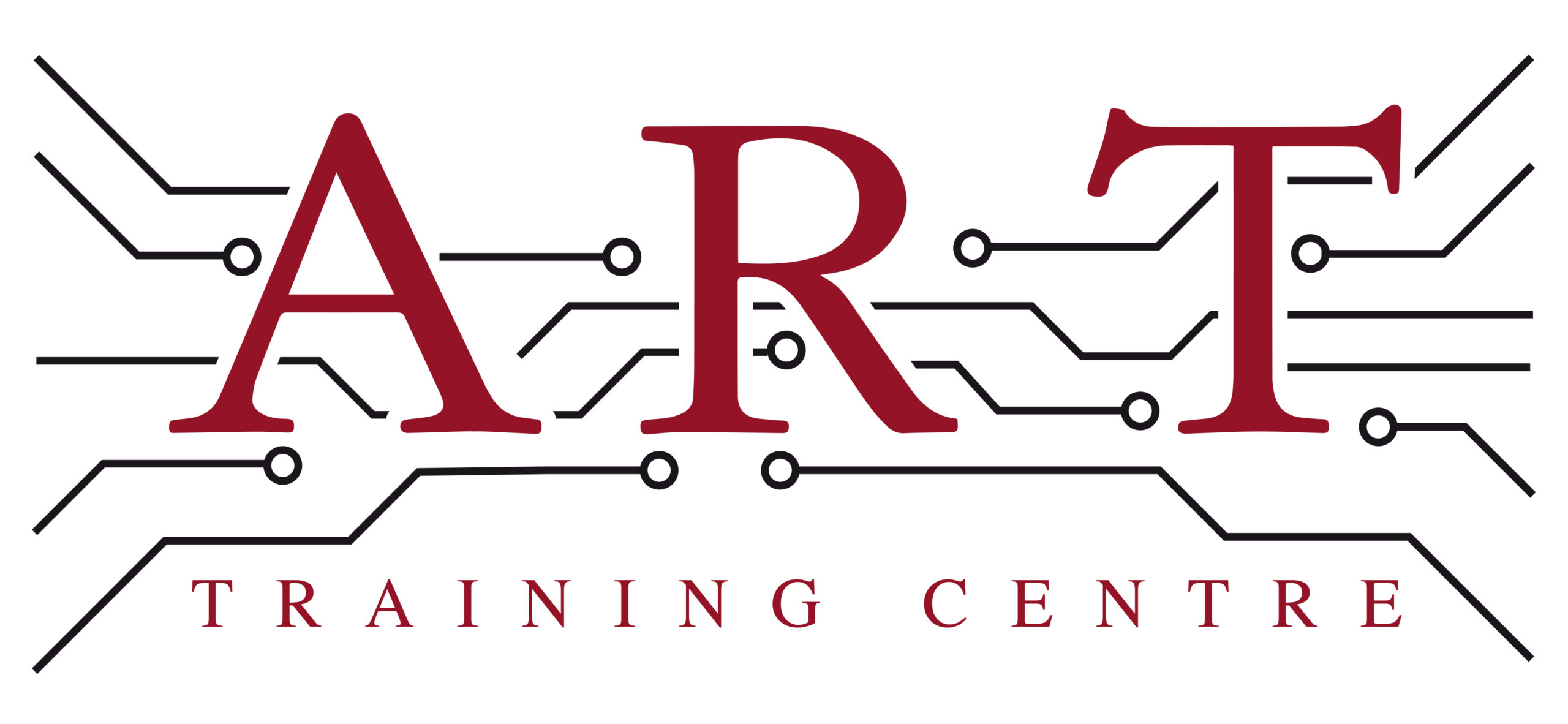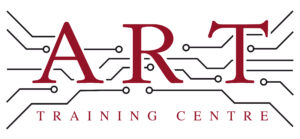Definition
Gull Wing Lead is a type of lead configuration used in surface mount technology (SMT) for electronic components. It features leads that extend outwards and downward from the package, resembling the wings of a gull. This design helps create a strong mechanical and electrical connection to printed circuit boards (PCBs) during soldering, making it a vital component in electronics manufacturing and assembly.
How It’s Used in the Industry
In electronics assembly, Gull Wing Leads are typically soldered to PCBs using reflow soldering techniques. The process begins with placing the component on the PCB, aligning the gull wing leads with the designated pads. Next, solder paste is applied to the pads, and then the assembly is heated in a reflow oven, melting the solder and forming a secure connection. For rework, technicians may use hot air tools to desolder and replace components with gull wing leads. Understanding this process is crucial for both trainees and experienced professionals, as it affects the reliability and performance of electronic devices.
History & Origins
Gull Wing Lead configurations became common in the 1980s with the rise of surface mount technology (SMT). This shift allowed for smaller, more efficient electronic designs. The introduction of IPC standards further formalised the manufacturing processes, ensuring quality and reliability in soldering techniques. As technology advanced, gull wing leads became essential for miniaturised electronics, paving the way for modern devices we use today.
Variations
There are variations of Gull Wing Lead designs, including different lead lengths and widths to accommodate various component sizes and PCB layouts. Compared to other lead types, such as J-leads or flat leads, gull wing leads offer better mechanical stability and are easier to solder in automated assembly processes. Understanding these differences is key for learners, as it impacts soldering techniques and component selection in electronics manufacturing.
Modern Applications
Today, Gull Wing Leads are widely used in the production of surface mount devices (SMDs) for consumer electronics, automotive applications, and telecommunications. Their design is crucial for ensuring quality and reliability in solder joints, which is vital for compliance with IPC standards. Additionally, gull wing leads are integral in advanced assembly techniques, making them a focus in professional training programs for electronics technicians.
Practical Tips & Training
When working with Gull Wing Leads, it’s essential to ensure proper alignment during soldering to avoid cold joints. Use inspection techniques, such as visual checks or X-ray imaging, to verify solder quality. Employing tools like solder paste dispensers and hot air rework stations can enhance efficiency. Structured training and certification in electronics are crucial for mastering these techniques, ensuring safety and quality in electronics manufacturing.


